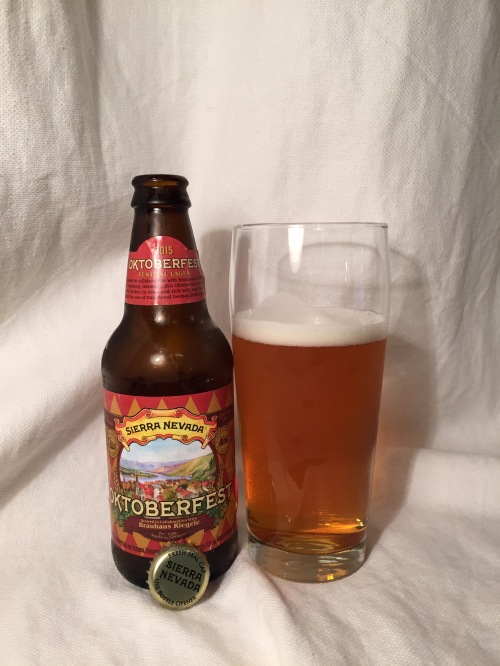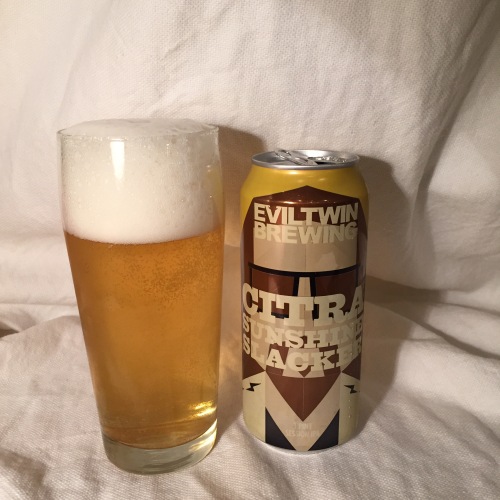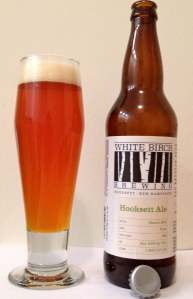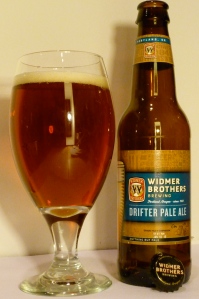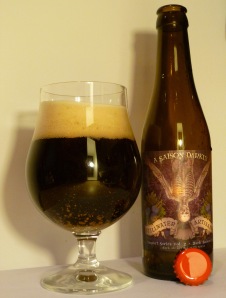Sweetwater Brewing Co.
Atlanta, GA
IPA
SweetWater was one of the first Southern breweries to start getting their small batches up above the Mason-Dixon. Their 420 is fairly ubiquitous and was a staple at most beer bars in the last 10 years. I digress.
The pour is active and hazy – bottle-conditioning will do that to a brew – and a copper penny color sits in the dense middle while the out edges of the glass shine like polished amber. A fluffy white head holds up nicely as the active yeast keeps doing its work. It’s a treat to have a bottle-conditioned beer at the right time.
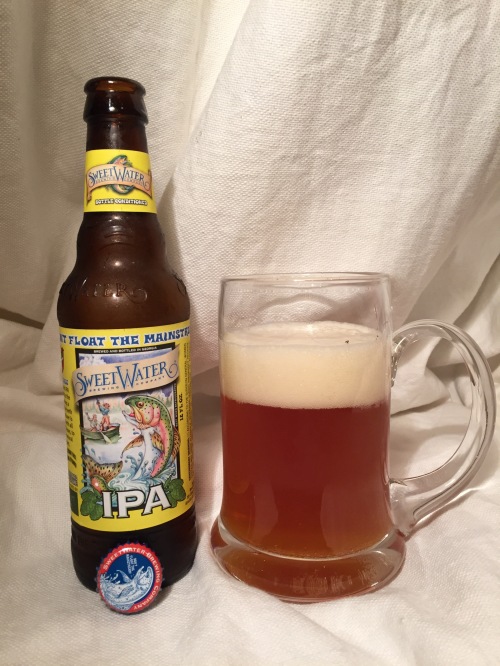
The nose is heavy on grapefruit with a vegetal zest smelling sort of the way radishes taste. It sounds weird but you know what I mean.
The mouthfeel is very even and balanced – exceptionally so. Nothing is out of place. There’s enough malt to cover the palate and some peppery sparkle on the tip of the tongue while the hops hit their high notes on the sides.
Certainly it is a citrus-forward brew, but it is tempered by Chinook pine which adds earthiness to the high-flying grapefruit flavor. This is not nearly the “mammoth” IPA the label claims it is but it’s a damn fine beer and, in my opinion, outranks their flagship 420.


